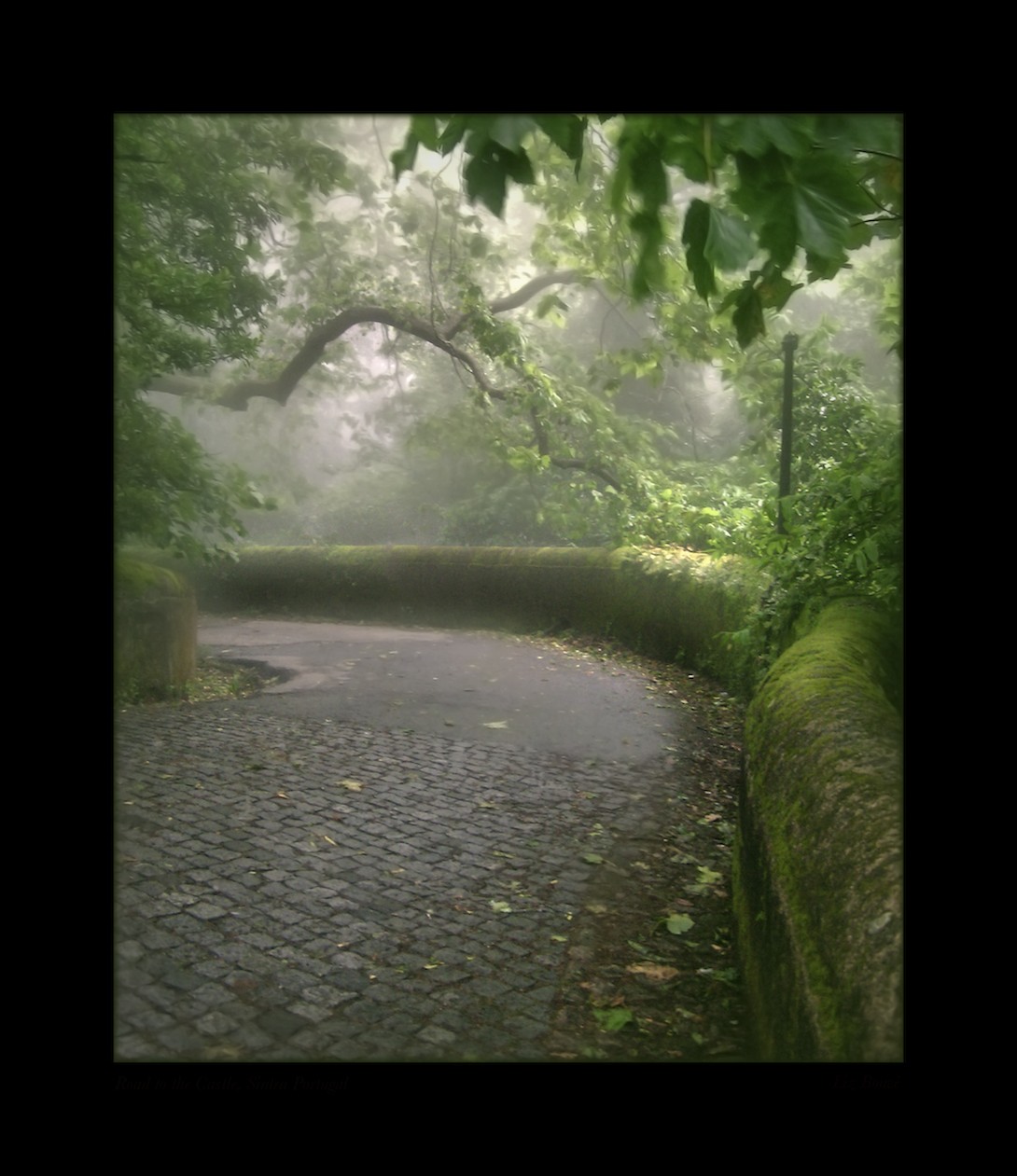
There is yet another way, however, where flight leadership comes to the fore. Filmmakers produce movies of distraction during period of social unrest, while comediennes find a way to make light of the challenges that a society faces. It is not irrelevant that many filmmakers and humorists come from a background of discrimination and poverty. They know how to flee from a powerful enemy (racial bias or economic distress) and apply these flight strategies in their work as cultural leaders in a highly stressed society. We find this form of flight in the current release and promotion of escapist movies and multi-session dramas situated in another era or an exotic location. With our stay-at-home compliance in place, we can fully saturate ourselves with this flight into fantasy. No reality (turn off the news) and a whole lot of unreality. And we should not forget the desired flight to sports and other forms of entertainment that are offered alive and in person—diversions that are currently not readily available.
The third response is freeze. It has only recently been given sufficient attention—and it is closely related to the dynamics operating for many of us when we confront the challenge of COVID-19. As several neurobiologists and anthropologists have noted, a human being living on the African savanna will rarely be successful in fighting against a ferocious opponent (Sapolski, 1998). Furthermore, as a guide in a South African game park once told me, very few animals are slower than the human being. Hence, humans don’t stand much of a chance if they try to run away from their enemy. It is even more challenging in the contemporary world of COVID-19, for there is nowhere to run and hide. The enemy is everywhere and movement in every direction leads us toward the threat and away from safety.
Freeze becomes the only alternative. If we can just hide behind a tree or stand absolutely still, then maybe we won’t be detected by the enemy. If we make no choices under a condition of pandemic complexity (where there are contradictions everywhere), then we need not encounter another enemy. Unfortunately, freeze is damaging to our body and mind. Neurotransmitters and hormones are triggered when we are frightened. These chemicals are needed for us to engage in fight or flight. They are the fuel for our bodily fire—we glow Ruby Red and are suddenly wired for action. Yet, in choosing to freeze, we decide that the best action is inaction. As a result of this freezing response, our body is boiling over but unable to dissipate the energy. The fire is burning inside us. The energy it generates has no outlet. It remains bottled up and becomes a destructive force. We end up with ulcers, hypertension and other stress-related illnesses. We might not be infected by the virus, but are still suffering from major ailments (which, in turn, leave us more vulnerable to the virus).








